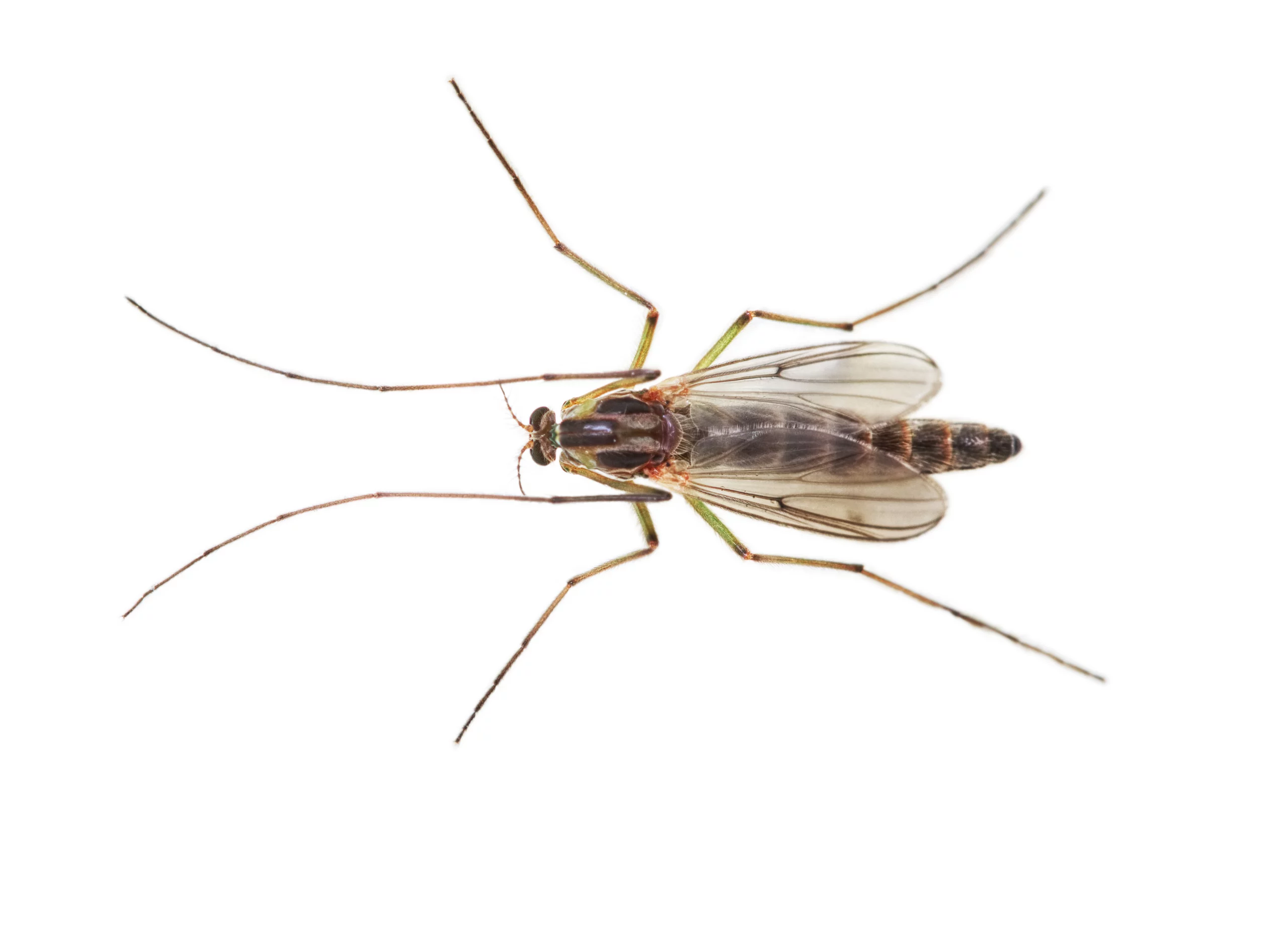No-See-Ums in Kailua Kona
In the United States, no-see-ums are a significant challenge as human pests, particularly in coastal areas and farming operations. Also known as biting midges, these small blood-sucking gnats feed on warm-blooded vertebrates and often get confused with black flies due to their similar bites. Female midges are the ones responsible for biting, as they need blood protein to start producing eggs. No-see-ums target a variety of mammals, including birds, reptiles, amphibians, and livestock. Despite their small size, their bites are disproportionately painful. Native Americans in Maine aptly named them “no-see-ums.”
No-See-Um Habitat
The natural habitats of no-see-ums are diverse and depend on the specific species. These tiny insects breed in a variety of environments, including coastal salt marshes, mud-coated flatlands, freshwater areas, and damp tree crevices. Their breeding sites are frequently found in shaded regions along the periphery of grass marshes, with a particular fondness for locations near decaying leaves shielded from the sun’s heat. Adults of no-see-ums demonstrate a preference for laying eggs in wet organic matter, such as the mud surrounding settling ponds in livestock operations, decaying leaf litter, manure, and various vegetation. Understanding the varied habitats favored by different species of no-see-ums is crucial for implementing targeted control measures and reducing the likelihood of encounters with these biting insects in specific environments.
No-See-Um Behaviors, Threats, or Dangers
No-see-ums can be extremely irritating, but there is no documented transmission of diseases to humans in the United States by these insects. When bitten by these insects, individuals often feel the sensation of being bitten, but they cannot visually identify the culprit. The bites from these small insects may result in welts and intense itching and have the capacity to transmit diseases to animals. Their impact on non-human species, serving as both biting pests and vectors of disease agents, is more substantial. In North America, the main disease agent transmitted by no-see-ums is the bluetongue virus, causing severe illness in sheep and cattle. Contact your local fly exterminator for assistance with no-see-ums or midges.
Need help with No-see-um / Midge (biting) control?
Need Pest Control Service?
Leave your information below and we’ll be in touch with a FREE quote!
"*" indicates required fields
*During normal business hours. After hours calls will be returned the next business day.





